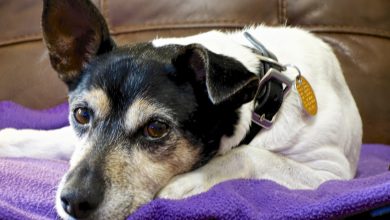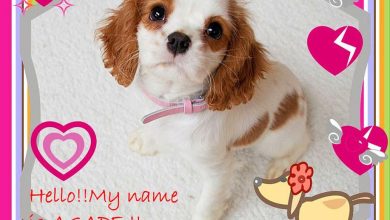Puppy Training Essentials: Commands for a Happy Pet
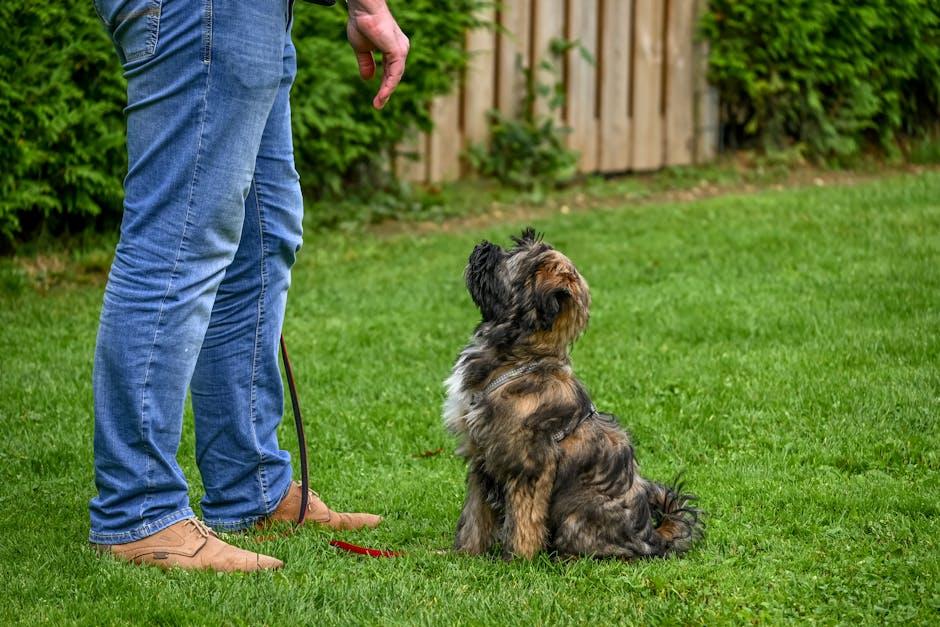
Welcoming a new puppy into your home is an exciting adventure filled with joy, wagging tails, and boundless energy. However, it also comes with its own set of challenges and responsibilities. One of the most rewarding aspects of puppy parenthood is training your furry friend to become a well-mannered, happy member of your family. In this article, we’ll explore the essential commands that form the foundation of effective puppy training. With a little patience and consistency, you’ll be equipped to guide your puppy through these formative months, ensuring a harmonious relationship built on trust and mutual understanding. Let’s embark on this journey together, making the process as enjoyable and fulfilling for you as it is for your new four-legged companion!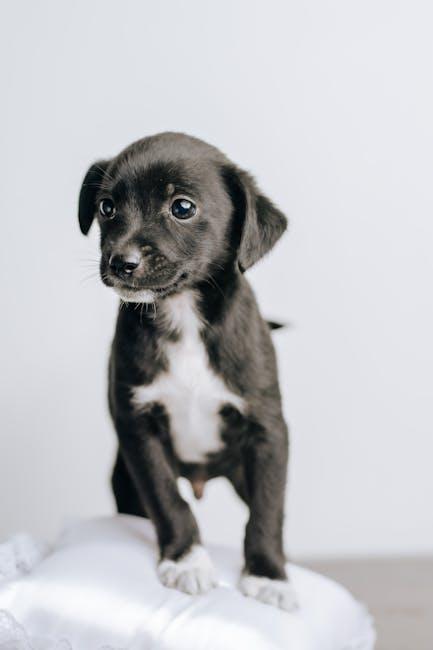
Building a Strong Foundation with Basic Commands
Embarking on the journey of puppy training is both exciting and rewarding, setting the stage for a harmonious relationship with your furry friend. At the heart of this journey are basic commands that form the bedrock of effective communication between you and your pet. By mastering these essential commands, you not only nurture a well-behaved companion but also ensure their safety and happiness. Here are some foundational commands to focus on:
- “Sit”: This command is often the first taught and serves as a building block for many other behaviors. It helps your puppy learn self-control and can be used in various situations to manage their excitement.
- “Stay”: Teaching your puppy to stay is crucial for their safety. It can prevent them from darting into dangerous areas and encourages patience.
- “Come”: A reliable recall is essential, especially in off-leash scenarios. It strengthens your bond and ensures your pet returns to you promptly when called.
- “Leave it”: This command is vital for teaching your puppy to ignore distractions, whether it’s a tempting piece of food or a potentially harmful object.
Incorporating these commands into daily routines through short, consistent training sessions will foster a happy and obedient pet. Remember, patience and positive reinforcement are key components in creating a positive learning environment for your puppy.
Encouraging Positive Behavior Through Consistent Reinforcement
When training your puppy, the secret to success lies in the consistent use of reinforcement techniques that encourage positive behavior. Dogs thrive on routine and predictability, so it’s crucial to establish clear expectations and reward systems. Begin by identifying a set of basic commands such as “sit,” “stay,” and “come,” and use these as the foundation for your training regimen. Remember, the key is to be patient and consistent. Each time your puppy successfully follows a command, offer immediate praise or a treat to reinforce the desired behavior. Over time, your puppy will associate these commands with positive outcomes, leading to a happier and more obedient pet.
- Consistency: Always use the same word for each command and reinforce with rewards.
- Patience: Understand that learning takes time; be patient and supportive.
- Positive Reinforcement: Use treats, praise, or toys as rewards for good behavior.
- Short Sessions: Keep training sessions brief but frequent to maintain engagement.
By integrating these strategies into your training routine, you will create a positive learning environment for your puppy. This approach not only fosters a strong bond between you and your furry friend but also lays the groundwork for a well-behaved and content companion. Remember, training is a journey, and with consistent reinforcement, you are well on your way to raising a happy and obedient pet.
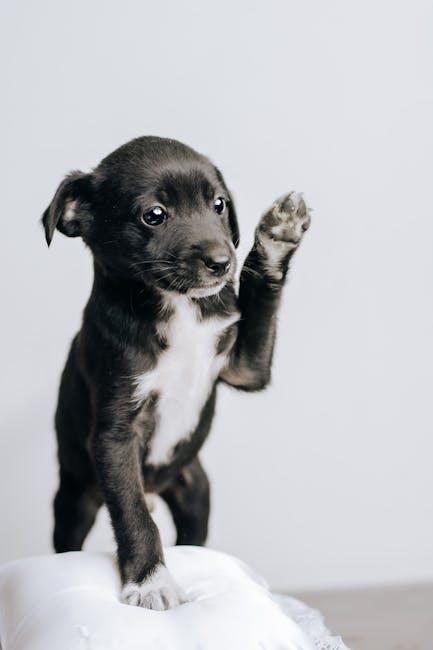
Effective Techniques for Teaching Advanced Commands
Teaching advanced commands can be both a rewarding and enjoyable experience for you and your puppy. Consistency is key when moving beyond basic obedience. Ensure each session is held in a quiet environment where distractions are minimized, allowing your furry friend to focus solely on you. Gradually introduce new commands by building upon the basic ones your pup already knows. For example, if your puppy is proficient with “sit,” you can extend this to “sit-stay” by rewarding them for holding the position longer.
- Use Positive Reinforcement: Treats, praise, and affection should be liberally given when your puppy successfully performs an advanced command.
- Short Sessions: Keep training sessions short and engaging to maintain your puppy’s attention and enthusiasm.
- Incremental Steps: Break down complex commands into smaller, manageable steps to prevent your puppy from feeling overwhelmed.
- Consistency and Patience: Regular practice and patience are essential. Puppies may not get it right the first time, but with persistence, they’ll improve.
Remember, training is not just about commands; it’s about strengthening the bond between you and your pet. Celebrate small victories and enjoy the journey of learning together!

Creating a Fun and Rewarding Training Environment
Transforming your training sessions into a lively and enriching experience for both you and your puppy is key to fostering a strong bond. A playful atmosphere encourages learning and helps your puppy associate training with positive experiences. Engage your pup with interactive toys and rotate their favorite treats to keep them motivated. Short, fun sessions are more effective than lengthy ones, as they keep your puppy’s attention and energy levels high.
- Incorporate Games: Use games like fetch or hide-and-seek to teach commands in a dynamic way.
- Positive Reinforcement: Reward with treats, praise, or playtime for every successful command followed.
- Consistent Routine: Stick to a regular training schedule to build a sense of security and expectation.
- Variety of Settings: Practice commands in different environments to help your puppy generalize their learning.
Remember, patience and consistency are your best tools. Celebrate small victories and maintain a cheerful demeanor to encourage a lifelong love of learning in your furry friend. A rewarding training environment not only teaches obedience but also nurtures a happy and well-adjusted pet.

